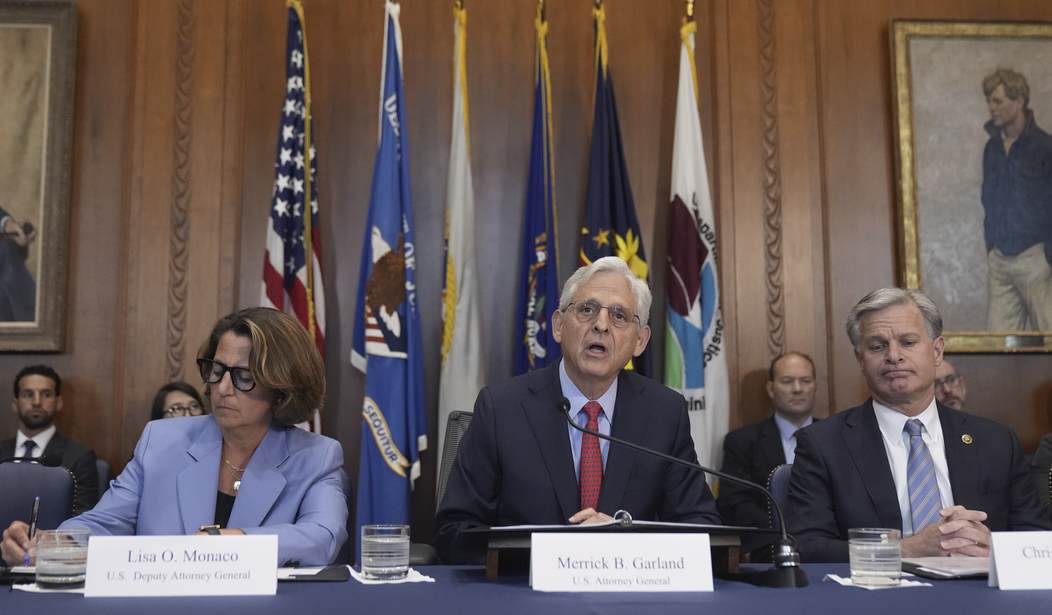Cancers reportedly hit U.S. Air Force fighter pilots and crew members at higher rates than fellow airmen.
The Air Force’s comprehensive military study shows there’s a nearly 30% higher likelihood of testicular cancer and about 25% for skin and prostate cancer, Defense One reported.
The study also identified at least one airframe—the F-100 Super Sabre—whose crews faced higher rates of almost all types of cancer compared with both their non-flying fellow airmen and the general population.
The 2021 study found 34,679 “fighter aviators” were 29% more likely to be diagnosed with testicular cancer; 24% more likely to be diagnosed with melanoma; and 23% more likely to be diagnosed with prostate cancer.
When compared to the general U.S. population, fighter aviators were 13% more likely to be diagnosed with non-Hodgkin lymphoma, 25% more likely to be diagnosed with melanoma, and 19% more likely to be diagnosed with prostate cancer.
The study also found the fighter aviators had similar rates of other types of cancer, such as brain cancer, compared to non-flying Air Force officers. And compared to the general U.S. population, they had lower rates in several categories, including renal, thyroid, and urinary cancer.
The study is the first confirmation of a connection long suspected by fighter aviators who saw their peers contracting some cancers at concerning rates. Earlier, less comprehensive studies had proven inconclusive.
The Air Force study also looked at a few specific fighter airframes to compare rates of incidence between those crews and non-flying personnel. Among Vietnam-era planes, there were striking findings, particularly for the F-100 Super Sabre, the nation’s first supersonic warplane.
“Male fighter aviators who flew the F-100 had greater odds of being diagnosed and dying from colon and rectum cancer, pancreas cancer, melanoma skin cancer, prostate cancer, and brain cancer. They also had greater odds of being diagnosed and dying from thyroid cancer and non-Hodgkin lymphoma, despite similar odds of diagnosis,” the study found.
Crews who flew the F-105 and F-4 also showed higher rates of testicular, melanoma, and prostate cancer, the study showed.
A larger, congressionally-directed cancer review is also underway. Run by the Defense Health Agency, the study is looking at aviation community rates of cancer across all military branches, not just the Air Force, Defense One reported. Initial results are expected by year’s end.



No comments:
Post a Comment